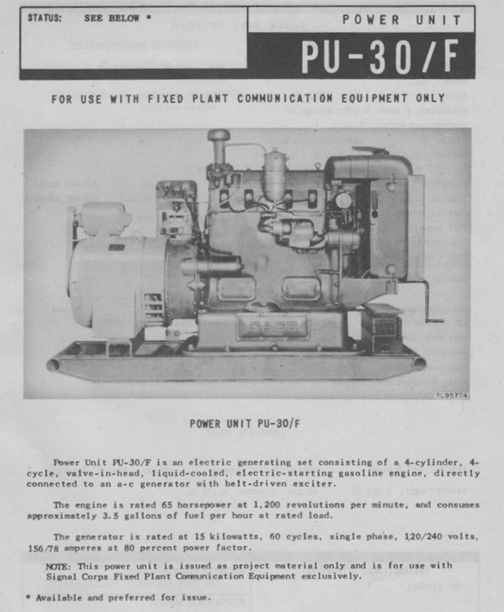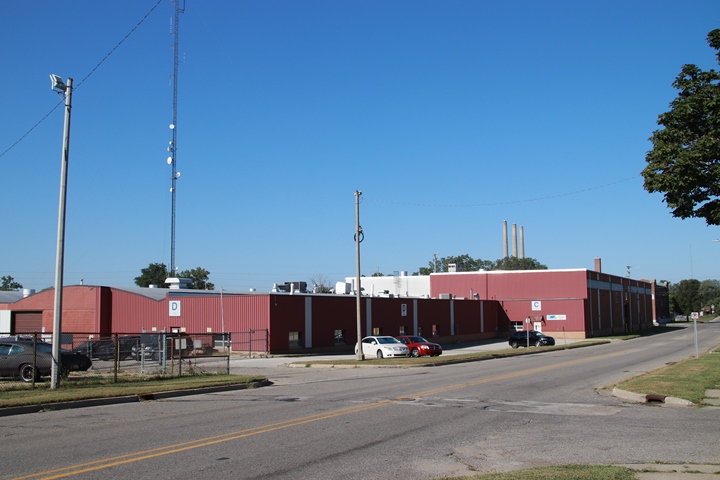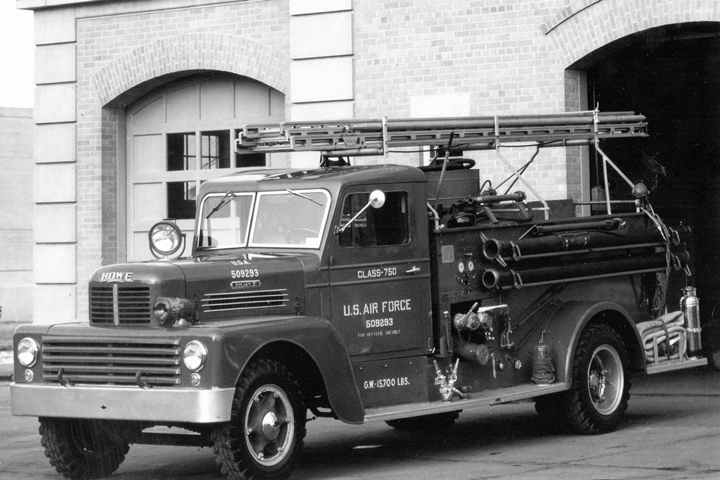|
Other Lansing Companies that contributed
to winning World War Two This page added 4-5-2022. The Duplex Truck Company was unknown to me until I began researching companies in my hometown of Lansing, MI and how they were able to help win World War Two. The Duplex Truck Company history is very interesting because when it relocated to Lansing after being reorganized in 1918, it built a new factory on the southwest corner of South Washington Avenue and West Mt. Hope Avenue. The company purchased 15 acres of what in 1918 was a Greenfield site in Lansing and planned to build an 800 by 60 foot factory and install $50,000 of equipment from its former Charlotte, MI factory. Over 100 years later this factory, now a lot larger, is still there and has multiple tenants. The story of Duplex in Lansing is more than just a story of the trucks it built, but how the factory on Mt. Hope Avenue has been intertwined with my life.
The article further states that work was being expedited due to the demand for the Duplex truck and that the factory would be in operation within five months, which would be in December 2017, or early January 2018 at the latest. It would employ 500 workers. The Charlotte plant was still open and building trucks while the new plant in Lansing was being built.
Reo purchased it from Duplex and utilized the facility until 1936, when it consolidated all of its production at its main plant. The best I can tell, it remained empty until the Plant Defense Corporation purchased the facility from Reo in 1940. Nash-Kelvinator used the plant for the production of 158,134 Hamilton-Standard propellers during World War Two. It was not until I started researching the Duplex Truck Company that I determined it built the original plant at this location in 1917. Previous to this, I had assumed that it had built it in the mid-1930s, then sold it to Reo. It didn't make sense that Duplex would build such a large factory for the small number of trucks it was building. It just turned out everything happened in the same sequence 20 years earlier. I grew up a mile away and walked by this plant for three years going to junior high school, and then drove by it for five and a half years when I went to college. When my mother took my sister and I to the A&P grocery store next to my junior high school, we had to drive by the plant. My guard unit was half a mile southwest down South Washington Avenue from the factory. However, it wasn't until 2010 that I became aware of this building's historical significance or my family's involvement with the plant. While visiting my uncle in May 2010 in California, he mentioned that my grandfather had worked in the plant during World War Two as foreman in the propeller balancing department. This came as a complete surprise to me, as I had no idea of this plant's contribution to the war effort, nor the fact that my grandfather had ever worked in the plant. The location of the plant allowed him to walk to work and save valuable rationed gasoline during the war. After World War Two, Motor Wheel purchased the plant and stayed in it until the late 1950s. In 1959 Motor Wheel leased 80,000 square feet of floor space to the Clark Discount Department Store. I remember when it opened as we went shopping there on occasion. I actually remember purchasing some solder at the store I needed for a radio project I was building. Clark lasted for a short time. Since then, there have been numerous occupants of the building. Due to its huge size, it has been sub-divided into smaller sections for companies that do not need 650,000 square feet. One of the current occupants is the Quality Dairy, which recently moved there from its longtime location across the street from the former main Reo plant.
A 1951 Duplex Company history notes that Duplex was the first company to manufacture passenger busses on chassis designed specifically for that use. Thirty-five buses were sold to Washington, D.C. and were the first busses the city had. The history did not provide a date in the history when this transpired.
Table 1 shows the number of commercial trucks the company produced from 1936 through 1950. The table may or may not include American military and foreign truck sales.
According to an article in the Lansing State Journal dated January 1, 1931, Duplex had recently started selling searchlight and transport trucks for military applications to foreign governments. Japan is described as a "liberal patron" of the Duplex company and its military department was using hundreds of Duplex trucks. Another article in the Lansing State Journal dated February 16, 1932, indicated that Japan's then recent invasion of Manchuria did not yet appear to affect Duplex's truck sales to Japan. The article also states that fleets of Duplex trucks had been supplied to their military for ten years. One Japanese military unit was described as being equipped with Duplex searchlight trucks. A September 3, 1937, State Journal article noted that Japanese army and marine divisions had been a good customer of Duplex Truck Company for more than a decade. It also noted that Japan was also purchasing Reo trucks. There is no later information found in State Journal articles on how long sales of Duplex trucks continued to Japan. The United States did not establish an oil and steel embargo until August 1, 1941, so Duplex could have been selling to the Japanese military until then. There was also no other mention of what other foreign countries were purchasing Duplex trucks for military use. It appears that the Japanese military was Duplex's best customer in the 1930s. There is only one other reference to any other government entity noted in the State Journal articles purchasing a Duplex truck. This was Lansing, MI purchasing a garbage truck from the company for $2,500.
Duplex Truck Company World War Two Production: The company did not have any military contracts for trucks during the war. As Table 2 shows, the company was contracted by both the U.S. Army and U.S. Navy for $5,909,000 worth of generator sets. The table shows that the Army purchased 92% of the generator set volumes. The table shows that the Army purchased PE127B and PU30 power units. These are the only two types of power units identified in the contract descriptions.
Duplex Truck Company after World War Two: Table 1 shows the company, like all others in the United States after World War Two, had several good years of sales due to the pent up demand for trucks. Then in 1950 it only sold 7 trucks. However, these figures could be misleading in that the 1951 company history notes that it was producing special motor trucks and undercarriages for special use by other companies. These included Gradall Company, Howe Fire Apparatus Company, and Hanson Clutch and Machinery Company. The history noted Duplex was producing ten units per week with 100 workers on one shift. The company was also producing generator sets for Bell Telephone, Western Electric, and the Civil Aeronautics Commission.
In 1955 Duplex merged with the Warner and Swasey Company of Cleveland, OH and became the Duplex Division of Warner and Swasey.
|
||||||||||||||||||||||||||||||||||||||||||||||||||||||||||||||||||||||||||||||||||||||||||||||||||||||||||||||||||||||



























